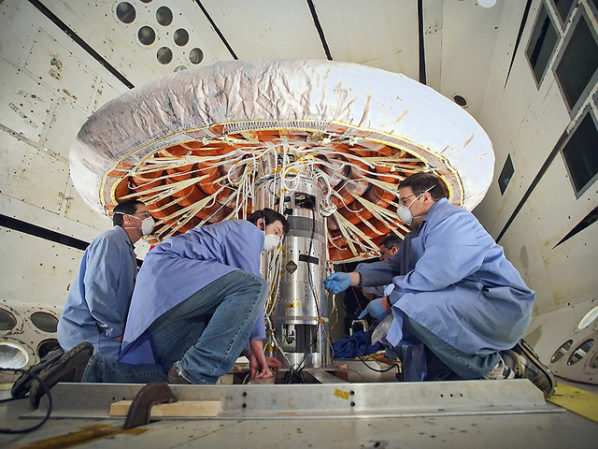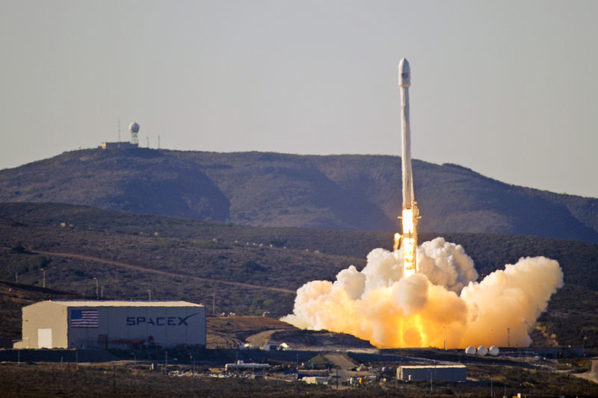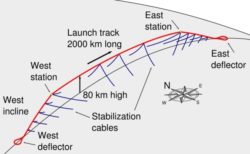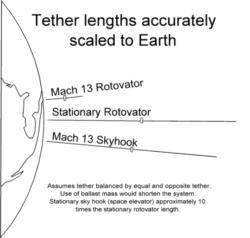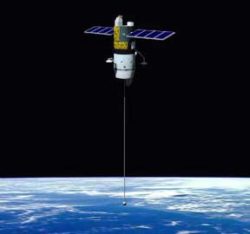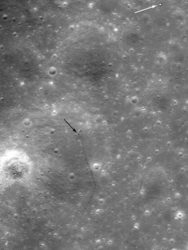Space Exploration
Uncover the wonders of space exploration. Study distant worlds and push the boundaries of human knowledge in the vast expanse of the universe.
NASA Called College Students to Develop an Inflatable Heat Shield
Who is NASA going to hire to create a vital component for an upcoming Mars mission? None other than the bright minds of our future – college and university students. That's right! NASA's Game Changing Development Program gave college students the chance to come up with unique ideas to generate lift. Sure, that's a fairly simple request, but your ideas will be used on cutting-edge, amazing spacecraft.
Go Away, Gravity! – The Ventures of Elon Musk’s SpaceX and Richard Branson’s Virgin Galactic
Elon Musk has a net worth of $11.9 billion while Richard Branson has a net worth of $4.8 billion. If they stacked their respective fortunes in $1 bills atop each other, the tower would reach six million miles, almost 25 times the distance between the earth and the moon. And that is, in a metaphorical way, exactly what the two plan to do.
Could Space Junk Be a Threat to Our Hi-Tech Way of Life?
Space waste, space junk, orbital debris…whatever you call this orbiting mass of objects, they are a big issue. Space waste doesn't just make earth's orbital corridors look untidy, it poses a very real threat to the future of space exploration and our way of life. Read on to find out more…
Non-Rocket Spacelaunch – Advantages and Difficulties of a Launch Loop
Unlike conventional rockets, launch loops can have many launches per hour, independent of weather, and are not inherently polluting. Rockets create pollution such as nitrates in their exhausts due to high exhaust temperature, and can also create greenhouse gases depending on propellant choices. Launch loops require power in the form of electricity and as such it can be clean.
Non-Rocket Spacelaunch – Launch Loop
A launch loop (also known as a Lofstrom loop) is a proposed design for a very efficient non-rocket spacelaunch method. It is a much simpler concept than the space elevator, but still more complex than tether propulsion systems such as the rotovator.
Non-Rocket Spacelaunch – Tether propulsion safety issues
The use of tethers in space poses many challenges and safety issues. This third part to the tether propulsion article will focus on those issues. A lot of the challenges and safety issues of a space tether system are similar to those of a space elevator described in a previous article, but some are unique to the space tether concept.
Non-Rocket Spacelaunch – Tether satellite missions
This is the second part to the article about tether propulsion. It will focus on space missions that tested tethers in space. The first such mission took place in 1966. Gemini 11 deployed a 30m tether connecting it to the Agena target vehicle. It created a small amount of artificial gravity (0.00015 g) by spinning the two spacecraft.
Non-Rocket Spacelaunch – Tether propulsion
Tether propulsion consists in using long, very strong cables (known as tethers) to change the velocity of spacecraft and payloads. The tethers may be used to initiate launch, complete launch, or alter the orbit of a spacecraft. This form of propulsion would be significantly less expensive than spaceflight using modern rocket engines.
Non-Rocket Spacelaunch – Extraterrestrial Space Elevator Concepts
Space elevators, a futuristic concept, could be adapted for various celestial bodies: Mars, the Moon, and even asteroids, they promise a revolution in space access.
Non-Rocket Spacelaunch – Space Elevator Safety Issues
The space elevator is a gigantic concept and as such it has many safety issues that would have to be resolved before construction begins. A space elevator would present a navigational hazard, both to aircraft and spacecraft.
Non-Rocket Spacelaunch – Space Elevator
Why non-rocket spacelaunch? Because the current chemical rockets are really expensive. In order to further explore outer space and establish a permanent human presence in space we need more cost efficient spacelaunch methods.
Rover Spotted On The Moon
The Russian Lunar rover Lunokhod 2 was recently spotted on the Moon’s surface. As shown in the photo below, the black arrow indicates where the tracks begin, while the white one shows the resting place of the rover. The arrows were placed by Phil Stooke, geography professor at University of Western Ontario. Richard Garriott, a successful video game developer and one of fewer than 10 private citizens to travel into space is the current owner of Lunokhod 2. He acquired it for over $68,500 when it was listed for sale in 1993 Sotheby’s auction. After seeing those findings, he mentioned plans to go see the rover from lunar orbit, or…
Inflatable Space Stations
NASA is considering the use of inflatable modules for the International Space Station (ISS). This idea has been proposed as early as in the 1960s, but it has never been put to use in space until Bigelow Aerospace took over the idea and developed two working prototypes and tested them in space.

